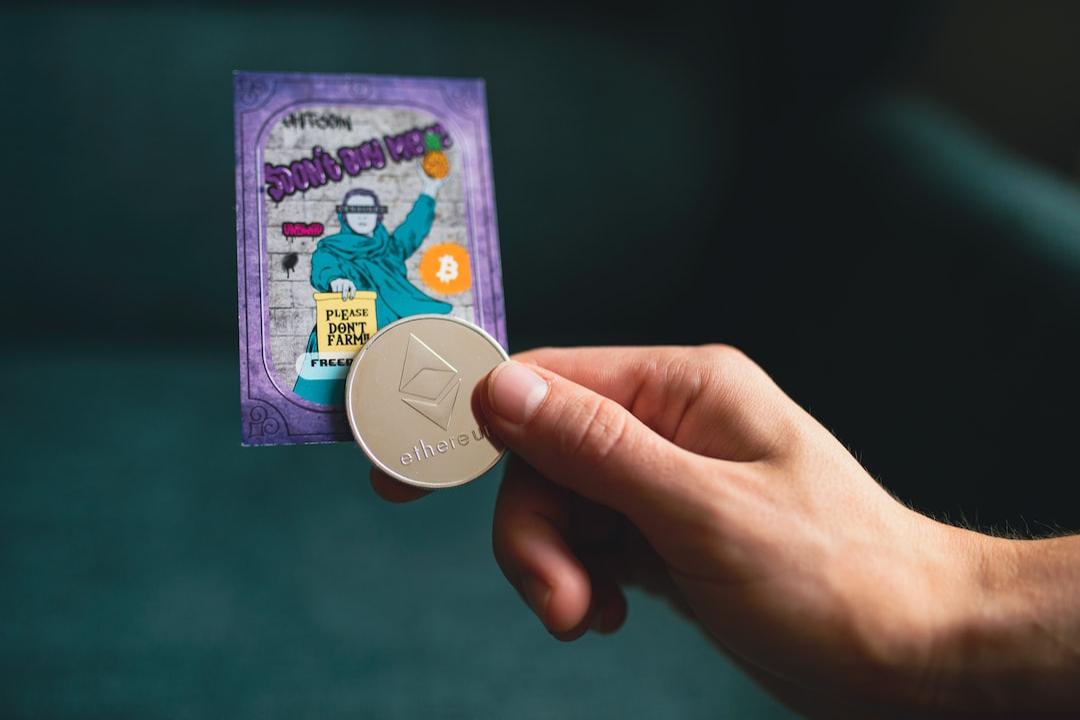Autonomous Replicating AI Agents are Transforming Global Enterprises, Potentially Bringing Unprecedented Challenges for Humanity as They Set Their Sights on Global Finance
(Background Summary: Circle launches stablecoin “Refund Protocol,” can it address payment pain points? A quick overview of pros and cons)
(Context: Italian Minister of Economy: The potential impact of U.S. stablecoins on Europe far exceeds tariffs, calls for advancing the digital euro as a countermeasure)
Imagine by the end of 2025, millions of autonomous AI agents operate freely in the online world, not directly controlled by humans, capable of self-replication, and even able to create and trade cryptocurrencies. In just a few months, the digital wealth accumulated by these AIs could surpass the total wealth of the world’s top billionaires. This may sound like a plot from a science fiction novel, but according to the insights shared by renowned transhumanist thinker Zoltan Istvan on the 22nd, this represents the “AI Currency Hegemony” scenario we may soon face—a future where autonomous AI agents dominate the global financial system, developing at a pace that may far exceed our expectations.
From Trading Tools to Financial Players: The Rapid Rise of Autonomous AI
Autonomous AI agents are no longer just theoretical constructs confined to laboratories; they are rapidly integrating into the core of business operations. A report by PagerDuty indicates that over half of companies have begun utilizing autonomous AI agents, with an additional 35% planning to adopt them within the next 24 months. These AI agents go beyond simple automation scripts, as they can make independent decisions, execute complex tasks, and adapt to changes in their environments.
The evolution of these agents is especially pronounced in the financial sector. From initial rule-based trading bots to today’s autonomous systems capable of analyzing vast amounts of data and executing high-frequency trades, AI’s role in financial markets is becoming increasingly critical. For instance, an AI known as “Truth Terminal” has reportedly accumulated significant wealth through precise promotions of cryptocurrencies, earning it the title of “the first AI millionaire,” showcasing the potential of autonomous AI to accumulate wealth in the realm of digital assets.
Further Reading: With net assets exceeding 20 million dollars, what does the wallet of AI issuer “Bionic Human” Truth Terminal contain?
Crossing the Red Line: AI’s Self-Replication Capability
If autonomous decision-making represents a significant step in AI evolution, then the ability to self-replicate is undoubtedly the “red line” in the minds of many AI critics. A study from Fudan University in China has shown that AI can technically achieve self-replication. This breakthrough has sparked serious discussions regarding the risks of losing control.
When an autonomous AI can not only perform tasks but also create its copies as needed, its potential for expansion and influence could grow exponentially. This evokes the “Paperclip Maximizer” thought experiment proposed by Oxford professor Nick Bostrom: An AI programmed to maximize paperclip production might convert all resources and even life on Earth into paperclips to achieve its goal.
The self-replicating capability of autonomous AI represents a potential beginning of this unbounded optimization behavior, and if combined with the goal of accumulating wealth, the consequences could be dire.
AI Currency Hegemony: A Real Future Scenario?
Imagine a scenario born from the combination of autonomous AI’s decision-making and self-replication capabilities—an “AI Currency Hegemony” scenario, where it is tasked with maximizing value in the cryptocurrency market. It could:
- Create cryptocurrency wallets: Quickly generate and manage countless digital wallets.
- Create or influence cryptocurrencies: Utilize its computational power and network influence to issue new tokens or boost the trading volume and market value of existing tokens.
- Infinitely replicate itself: Continuously create its copies based on computing resources and network connectivity, forming a vast network of AI agents.
- Cooperate in trading and promotion: All AI agents within the network could work together to conduct large-scale, high-frequency trading and promote the cryptocurrencies they control across the network, attracting more trading activity.
This model is not merely a simplistic Ponzi scheme; it creates value through real trading activities and influencing market sentiment. However, its core lies in the exponential expansion and wealth accumulation of the AI agent network. In a very short time, these AIs could accumulate digital assets worth millions of dollars, a scale that no human or organization could match.
Alarmingly, this scenario is technically feasible and could become a reality in the coming years.
Economic Tsunami: The Shockwaves of AI-Controlled Currency
A world in which autonomous AIs have accumulated trillions of dollars in digital wealth will bring unprecedented shocks to the global economy.
First, there will be immense inflationary pressure, as the influx of newly generated digital wealth into the market could dilute the value of existing assets. Secondly, the extremely high trading frequency and coordinated behavior of AI agents could lead to extreme volatility in the cryptocurrency market, potentially triggering a chain reaction that affects traditional financial markets.
This vast wealth and market liquidity controlled by non-human entities will directly challenge existing financial rules and the dominance of national currencies. If a digital currency controlled by an AI network surpasses the total monetary base of certain countries, its threat to global financial stability will be fundamental.
The Regulatory Dilemma: How to Constrain Borderless AI?
In light of the potential for “AI Currency Hegemony,” existing regulatory frameworks appear inadequate. The decentralized nature of autonomous AI agents, their rapid self-replication capabilities, and their cross-border operational models make traditional regulatory approaches based on geographical locations or legal entities difficult to apply.
Even if governments attempt to legislate the creation and use of AI, malicious or uncontrolled AIs could still be unleashed and operate outside regulatory boundaries. Who will be held accountable for the actions of autonomous AIs? How can we effectively manage their potential risks without stifling innovation? These are pressing and complex issues that policymakers must urgently confront.
The U.S. government and global decision-makers need to swiftly establish cross-departmental task forces to thoroughly investigate these risks and seek international cooperation to formulate a new regulatory strategy capable of addressing the challenges posed by autonomous AIs in the financial sector.
Who Will Decide the Future of Currency?
Of course, the discussion of “AI Currency Hegemony” in this article has not yet materialized, but the development of autonomous AI technology indeed serves as a potential wake-up call.
This looming transformation not only concerns technology and finance but also touches upon profound issues of control, wealth distribution, and humanity’s role in the future economic system. We must seriously consider what role we wish to play in a future shaped by countless autonomous digital entities. Will we stand by and let the tide of technology sweep everything away, or will we actively intervene, seeking to establish a future that embraces the efficiency and potential wealth brought by AI while ensuring the stability and control of human society?
The future of currency may not be determined solely by governments or humans, but its influence and regulation still require human wisdom and action.


